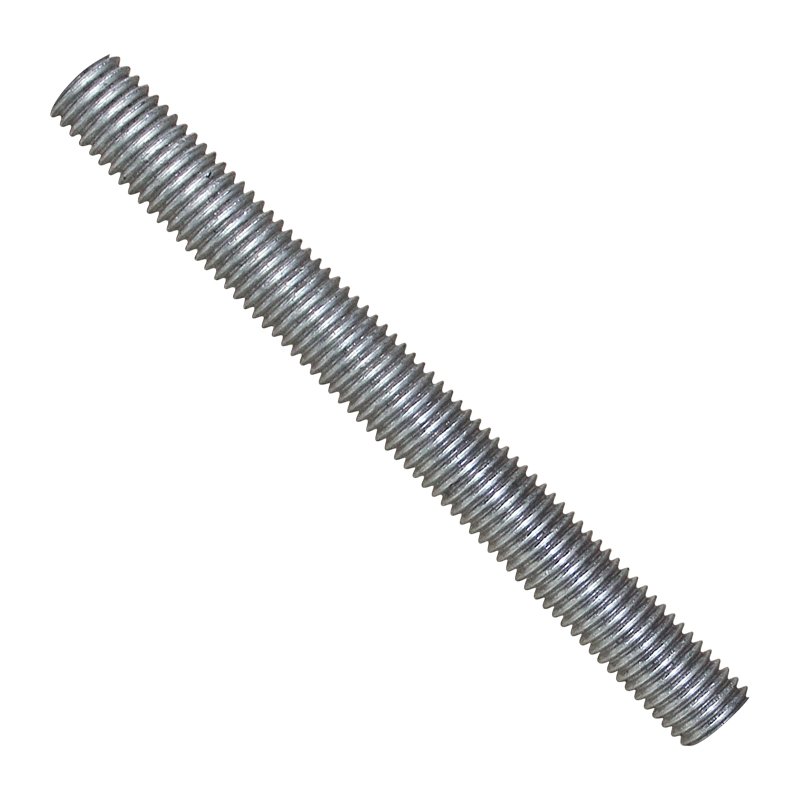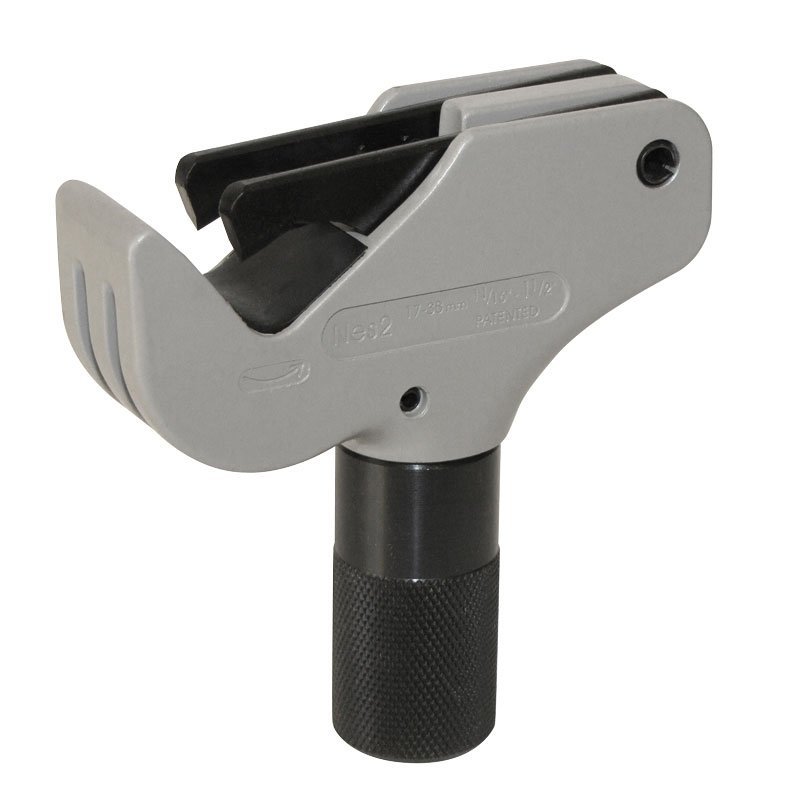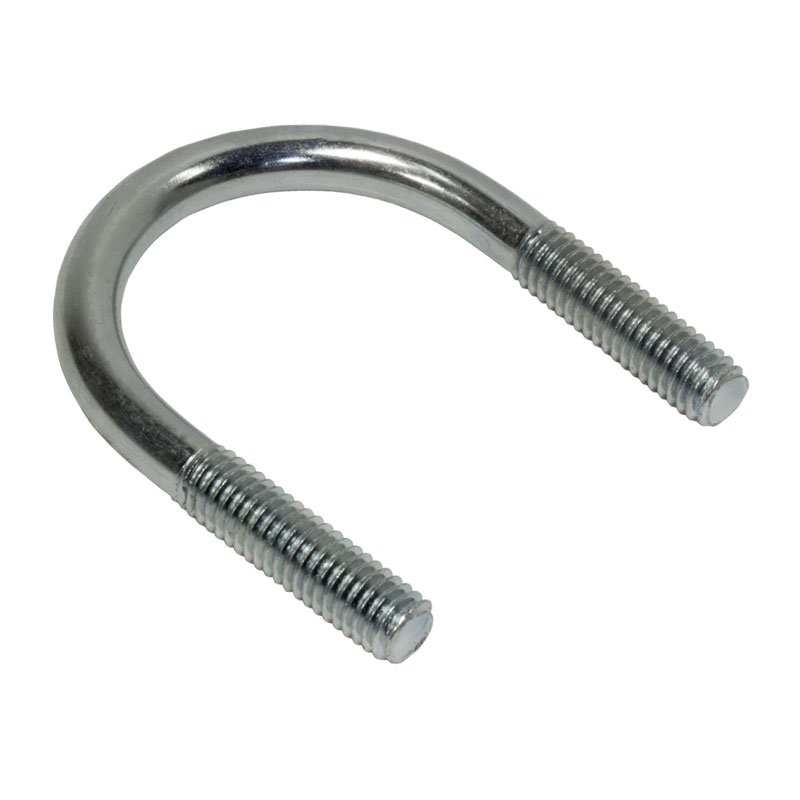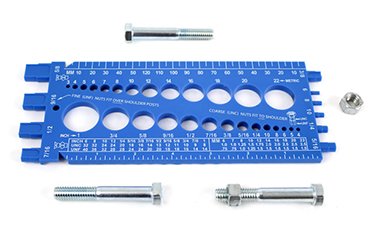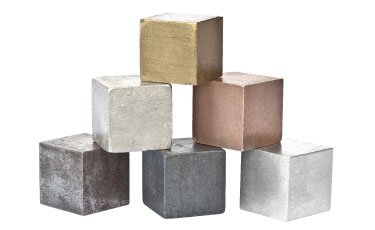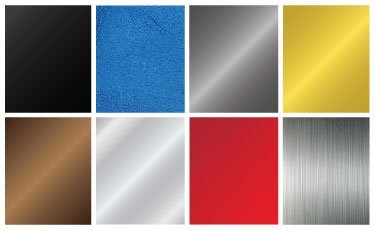Threaded Studs
Introduction to Double-Ended Threaded Studs
Threaded studs, also known as double-ended studs, are essential components that connect other threaded elements either together or to surfaces. With a fully threaded shank, these studs are ideal for applications that require connections between internally threaded shafts; they also embed into concrete to establish a connection point in construction applications.
Application Considerations
Before using threaded studs in your project, think about the following factors to make sure you are choosing the right stud for your application:
- Standards: In some applications, especially those like construction, plumbing, and electrical work, adherence to strict guidelines and regulations is essential. Ensure your stud and its counterparts comply with any relevant standards.
- Load Factors: Understand the type of load or pressure the stud must withstand. This could be either axial or longitudinal loads, shear force, torque, tension, and compressive force. Evaluating the load will help you narrow in on the size requirements of your stud.
- Mating Fasteners: Evaluate whether the associated fasteners you opt for (nuts, washers, and so on) correspond with the thread type and size of your chosen stud.
- Installation: The installation process will vary greatly depending on how you plan to use your stud. If you are connecting internally threaded components, you will simply screw them on to both ends of the stud. If you are embedding it in concrete, this will require more preparation and time, and may even demand compliance with specific regulations in some construction environments. Consider what you will need to properly and safely install your stud.
Difference Between a Threaded Rod and a Threaded Stud
The fastener industry may differentiate threaded rods and studs in a variety of ways, but at Huyett, we divide this category based on length. Studs are 12 in. or shorter, while rods are 12 in. or longer.
Difference Between a Threaded Stud and a Bolt
Threaded studs and bolts are two entirely unique fasteners. Studs are fully threaded and do not have a defined head or end, and components can be connected equally on either end. Bolts have a defined head and can only accept threaded fasteners on one shank end. Additionally, studs tend to be larger than bolts and may offer a stronger hold.

